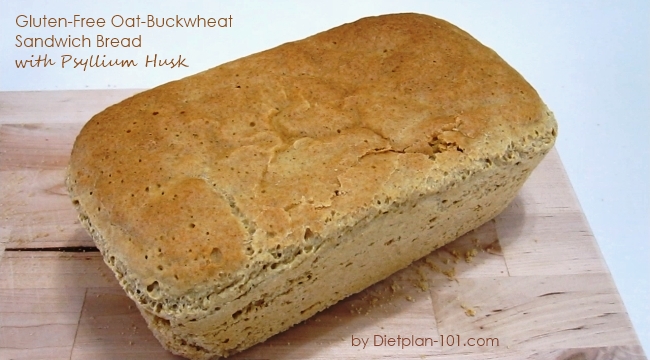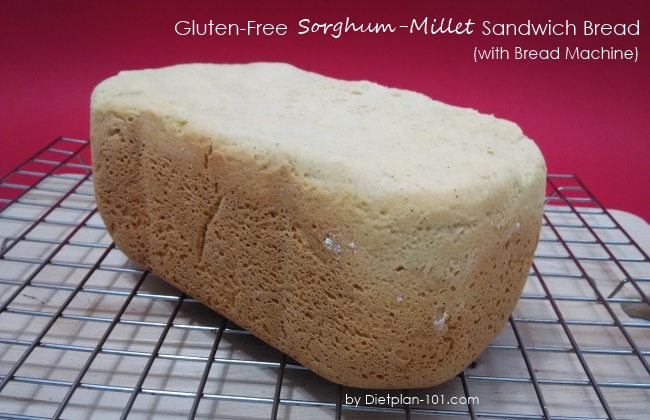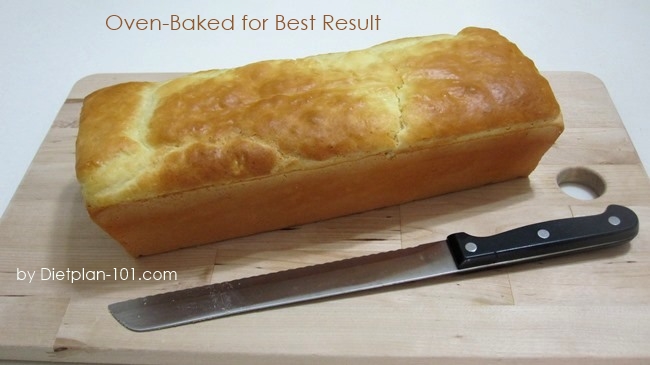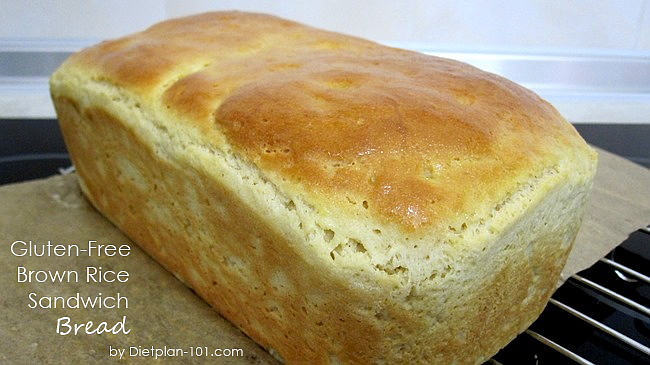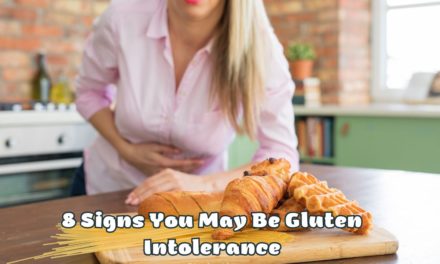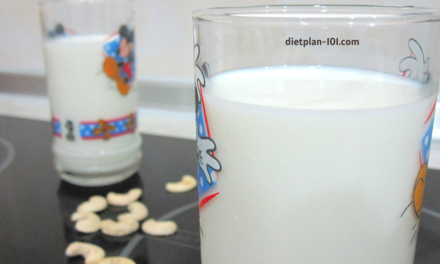What is Gluten?
Gluten is a protein found in wheat, barley, and rye. It is what gives bread the elasticity to rise and helps it maintain its shape. It is also used as an additive in many processed foods. The most common sources of gluten are bread, pasta, and other baked goods. However, it is also added to soups, salad dressings, sauces, and gravies.
Is gluten bad for you?
We’ve all heard that gluten is bad for us. But what does that mean? Is it actually harmful to our health? And why do some people have such a strong reaction to it?
The truth is that, yes, gluten can be bad for you, but only if you have celiac disease or an intolerance to it. The short answer: most of the time, no. If you’re not sure if you should be eating gluten or whether there are any health benefits to avoiding it, here’s what you need to know about this common food ingredient.
What is Gluten intolerance?
The problem with gluten is that some people have an intolerance or allergy to it. This sensitivity can lead to a range of symptoms, including diarrhea or constipation, and fatigue or weakness.
Gluten-free diets have become more popular in recent years due to the rising number of people diagnosed with celiac disease and non-celiac gluten sensitivity (NCGS). Today, gluten-free products are available at most grocery stores and restaurants.
Celiac Disease
Celiac disease affects up to 1 in 133 people. A child who has celiac disease has a 1 in 20 chance of developing diabetes later in life. Celiac disease also increases your risk of heart disease and some cancers including gastrointestinal cancers like colon cancer and lymphoma.
When people with celiac disease eat foods containing gluten, their immune system attacks the lining of the small intestine. This can lead to serious health problems such as malnutrition and osteoporosis if left untreated. Hence, people with celiac disease must follow a gluten-free diet for life to avoid further damage to their digestive system.
In addition to the digestive symptoms associated with celiac disease, some people with NCGS may also experience non-digestive symptoms such as fatigue, rashes, headaches, or joint pain after eating foods containing gluten.
What Exactly is Gluten-free diet?
A gluten-free diet is a diet that excludes foods that contain gluten as well as foods that may have come into contact with gluten during processing or handling. These include cereals made from oats. A gluten-free diet is not for everyone and it’s best to consult a doctor for medical advice before starting a gluten-free diet. Check out who needs to follow a gluten-free diet and signs you may be gluten intolerant. A gluten-free diet is not as hard as it seems, for starters, you can substitute your bread and cakes with a gluten-free flours mix and test the flour mix with your favorite cake and bread recipes.Check out our gluten-free recipes.
What foods have gluten?
Here are some common sources of gluten:
Bread: white bread, wheat bread (including pumpernickel), bagels, crackers, and rolls made from flour.
Cereals: oats (unless labeled gluten-free), most granolas and muesli mixes, cornflakes, and any cereals that contain oats or wheat flour as ingredients.
Pasta: spaghetti noodles made with durum semolina or regular enriched pasta (without a “gluten-free” label).
Baking powder: many baking powders contain wheat flour, which means that they may not be safe for people who follow a gluten-free diet.
Beer: beer contains barley or wheat as an ingredient, which makes it unsafe if you are following a gluten-free diet.
Soy sauce: soy sauce often contains wheat as an ingredient, making it unsafe for people on a gluten-free diet.
Because many foods containing wheat flour are also made with other ingredients, you may not be able to tell if a food contains gluten just by reading the label. If you have celiac disease or non-celiac gluten sensitivity, you should always read ingredient lists carefully before eating a product or using it in cooking.
For better meal planning, check out our list of gluten-free foods and substitutes.
List of Gluten-free Bread
Here at dietplan-101.com, we have tested many different types of gluten-free bread using different methods and ingredients. Check them out and feel free to rate and leave a reply should you face any problems or need help in making gluten-free bread.
Gluten-Free Oat-Buckwheat Sandwich Bread with Psyllium Husk
This bread is made with homemade oat flour and buckwheat flour (by grinding rolled oat and buckwheat). For the binder, 2 tbsps ground psyllium husk is used to replace 2 tsps xanthan gum. The bread comes out soft but more crumbly. It is best served fresh from the oven.
Gluten-Free Sorghum-Millet Sandwich Bread (Bread Machine)
Making gluten-free sandwich bread is hassle-free with the help of a bread machine. If your machine doesn’t have a gluten-free cycle, you may use the “rapid rise” or “quick” cycle as I did.
Gluten-Free Rice Flour Bread with Psyllium Husk
In this recipe, ground psyllium husk is used as a binder (instead of xanthan gum which might cause an allergic reaction to some). You may replace rice flour with brown rice flour to make it wholemeal.
Gluten-Free Brown Rice Sandwich Bread
This gluten-free sandwich bread is made with homemade brown rice flour (simply by grinding brown rice in a grinder, then sifting and grinding again to make it finer, a cheaper option). The original recipe (by King Arthur Flour), suggests the use of its stabilized brown rice flour for a better taste. Since the flour used is different, the bread dough and end result are different from its original recipe, yet still acceptable!
Gluten-Free White Sandwich Bread (with Bread Machine)
With the help of a bread machine, you can easily have a fresh loaf of gluten-free bread even if you are busy. However, you would expect bread with a denser texture as compared to the oven-baked one. Besides the way it is baked, the type of gluten-free flour used will also affect the texture of the bread.
Reference:
Interesting read:


